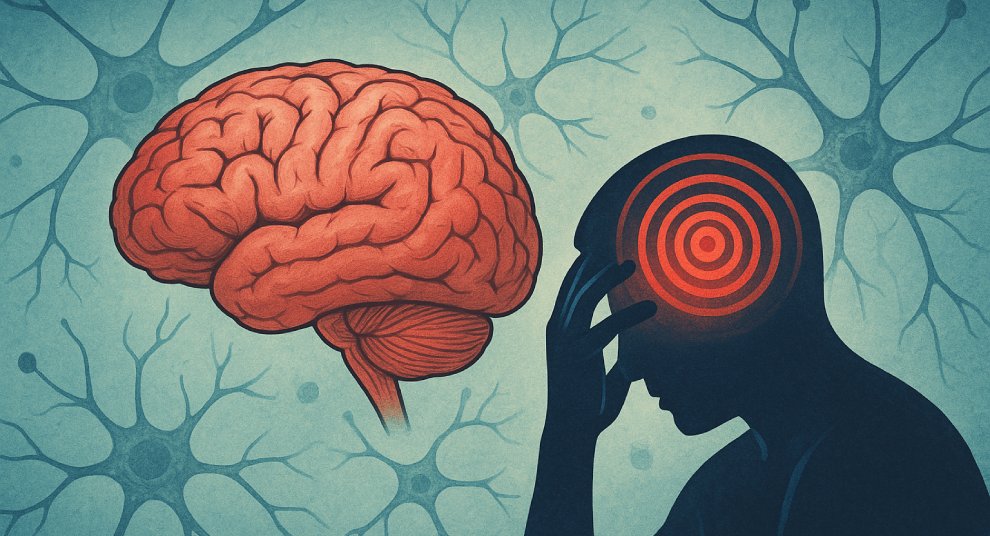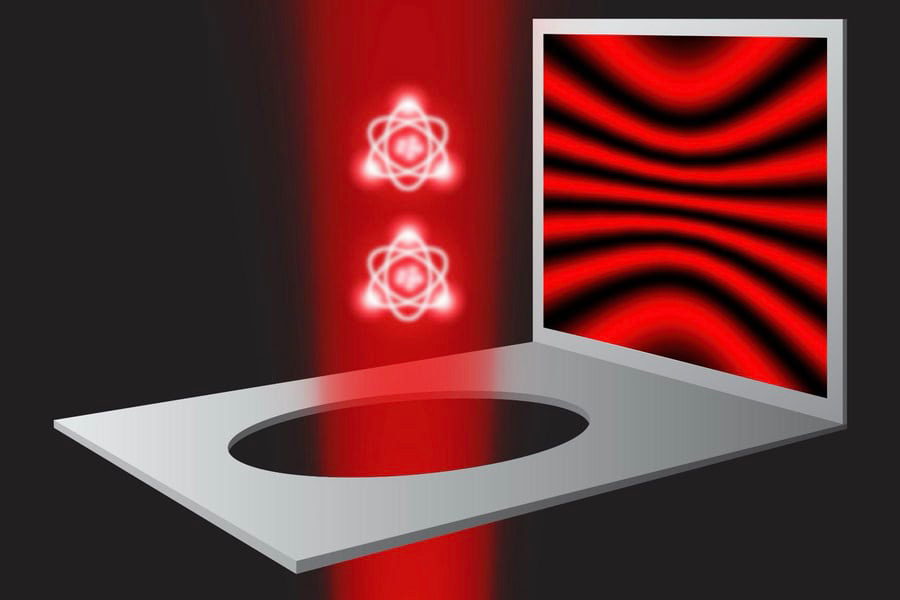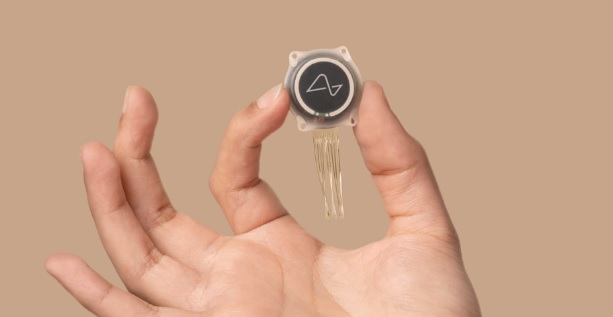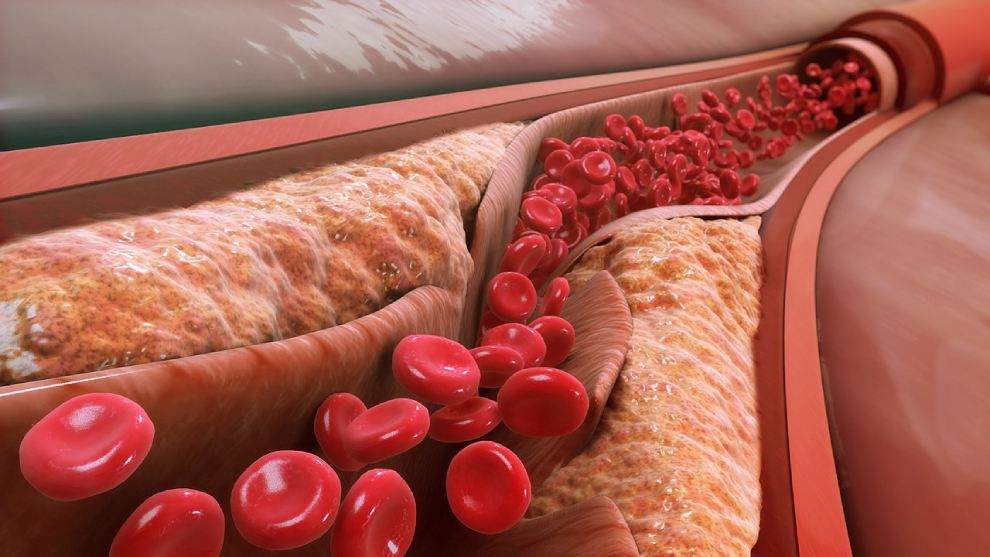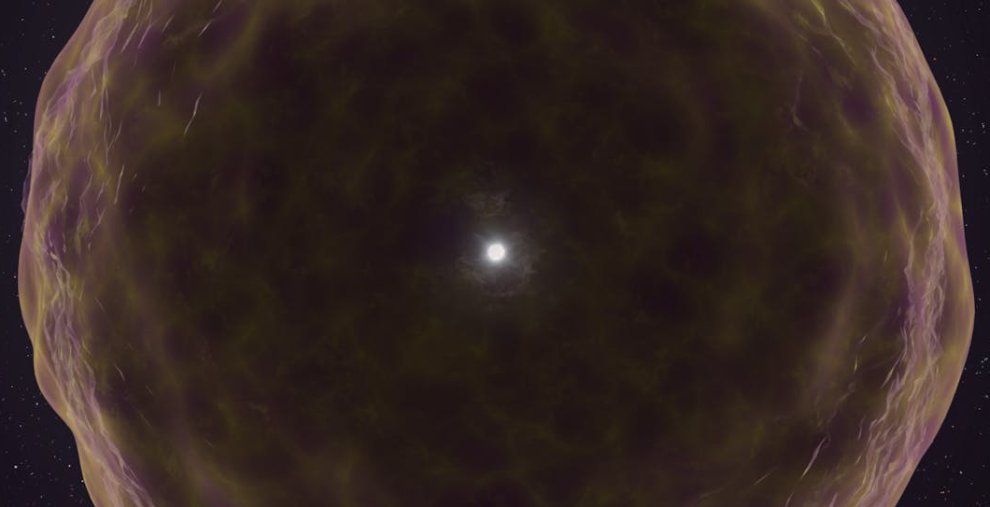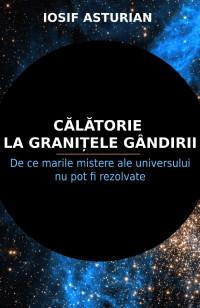Organizaţia Mondială a Sănătăţii (OMS) a publicat ediţiile actualizate cu Lista model a medicamentelor esenţiale (Model List of Essential Medicines/EML) şi Lista medicamentelor esenţiale pentru copii (Essential Medicines for Children/EMLc), incluzând noi tratamente pentru mai multe tipuri de cancer, dar şi pentru diabet şi afecţiuni asociate, precum obezitatea.
Lista medicamentelor esenţiale reprezintă recomandări la nivel global pentru peste 150 de ţări în ceea ce priveşte achiziţia publică de medicamente, aprovizionarea sistemului sanitar şi programele de rambursare.
- Detalii
- de: Beatrice Popa
- Ştiri. Medicină - corpul uman


